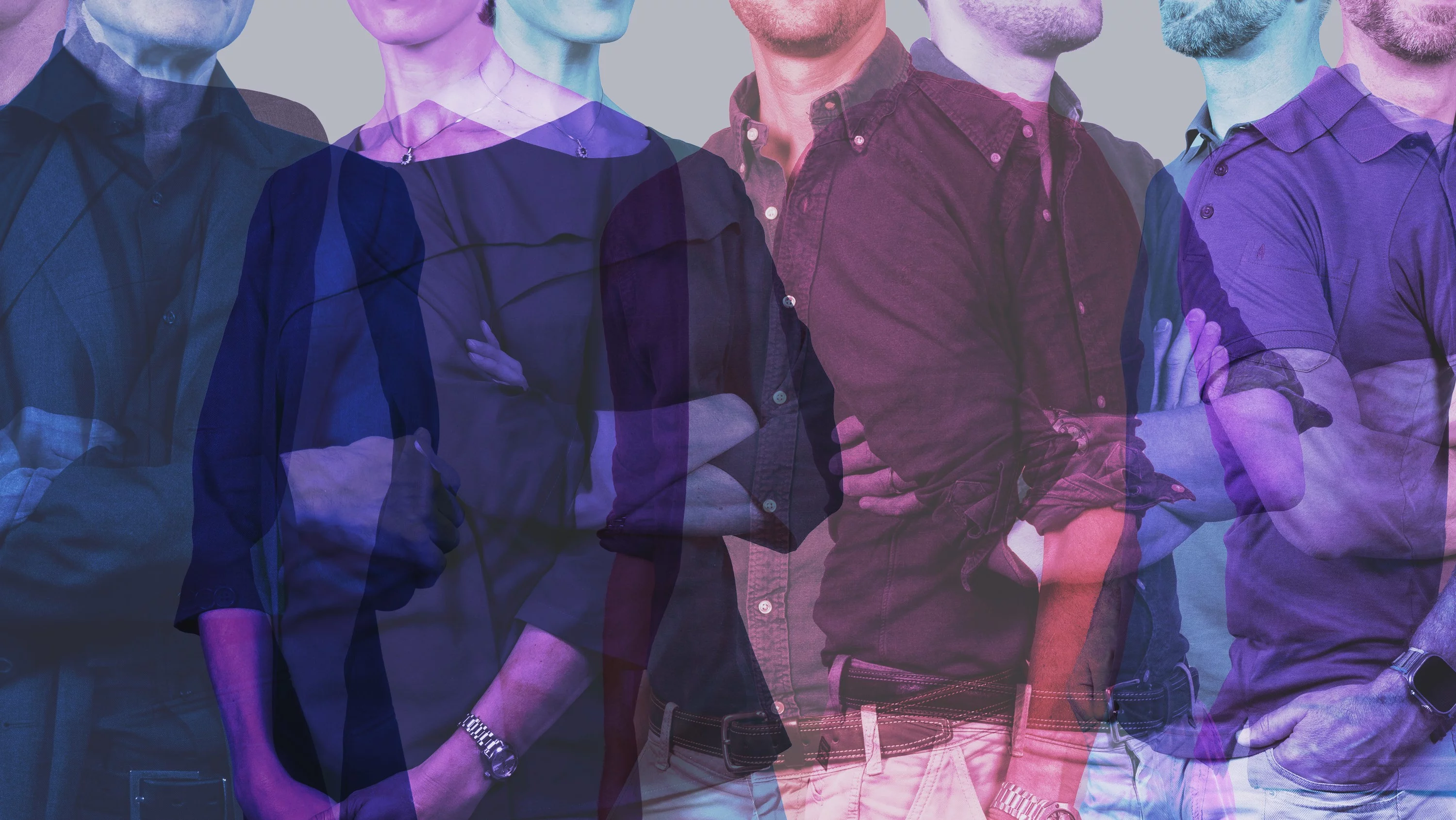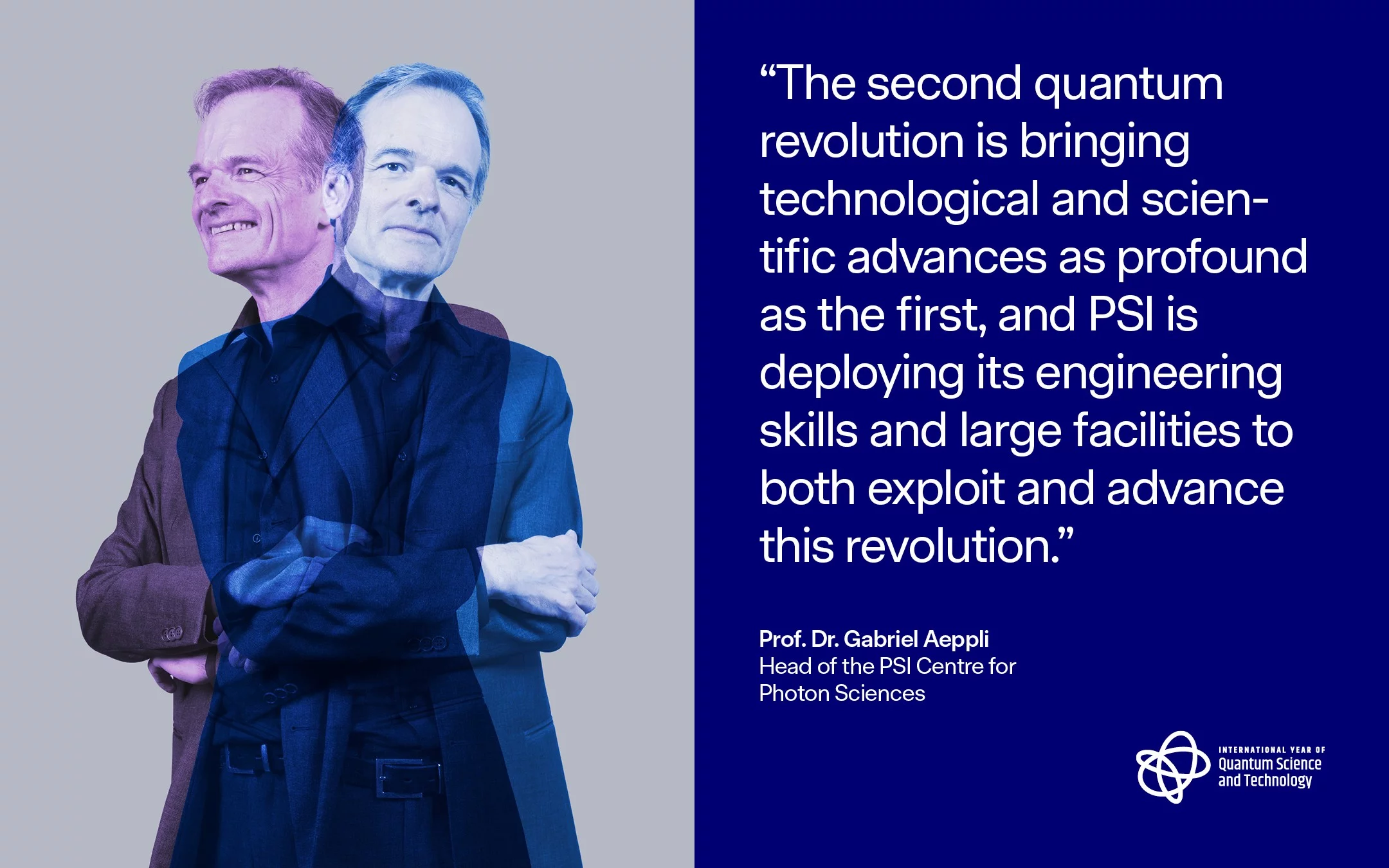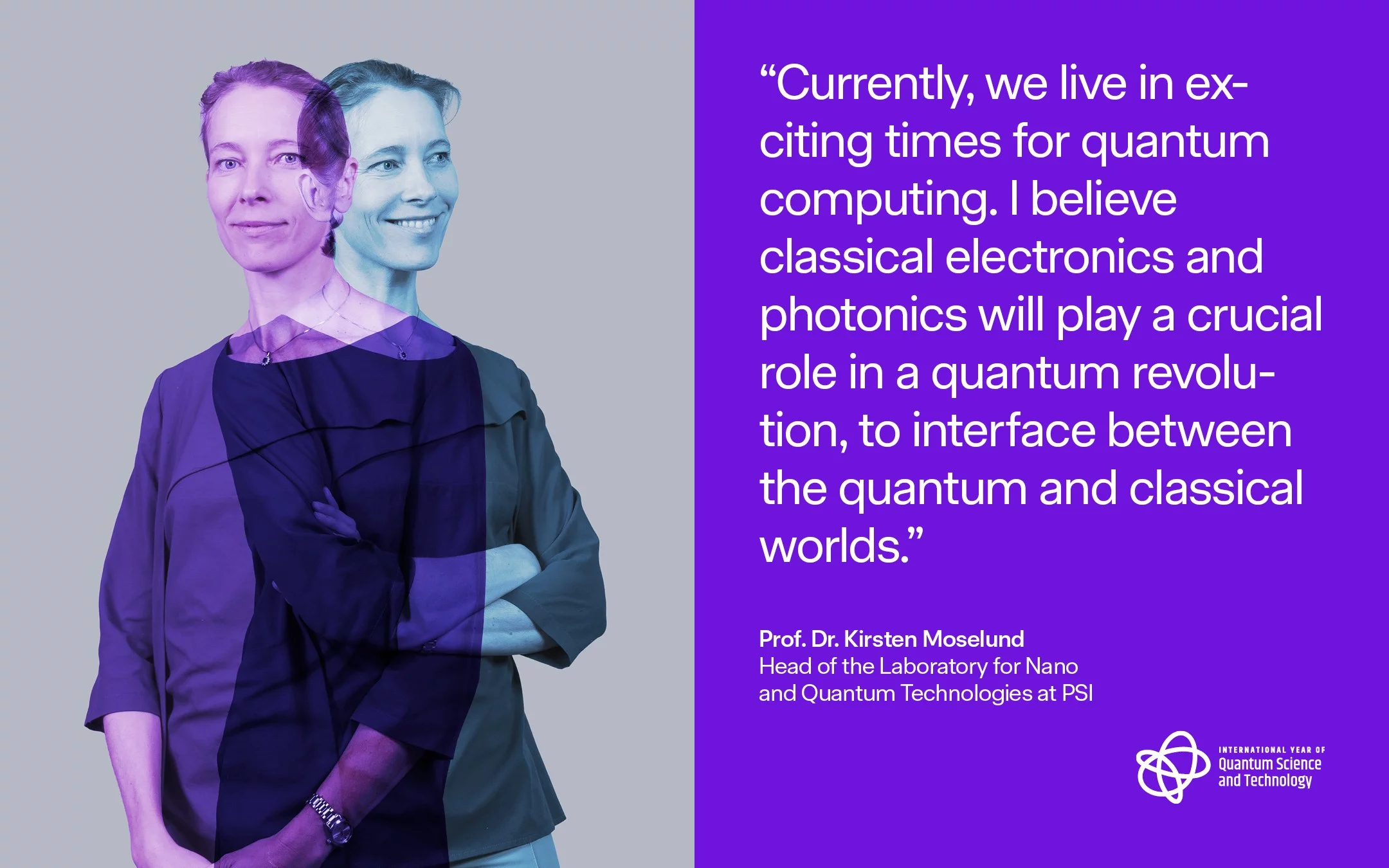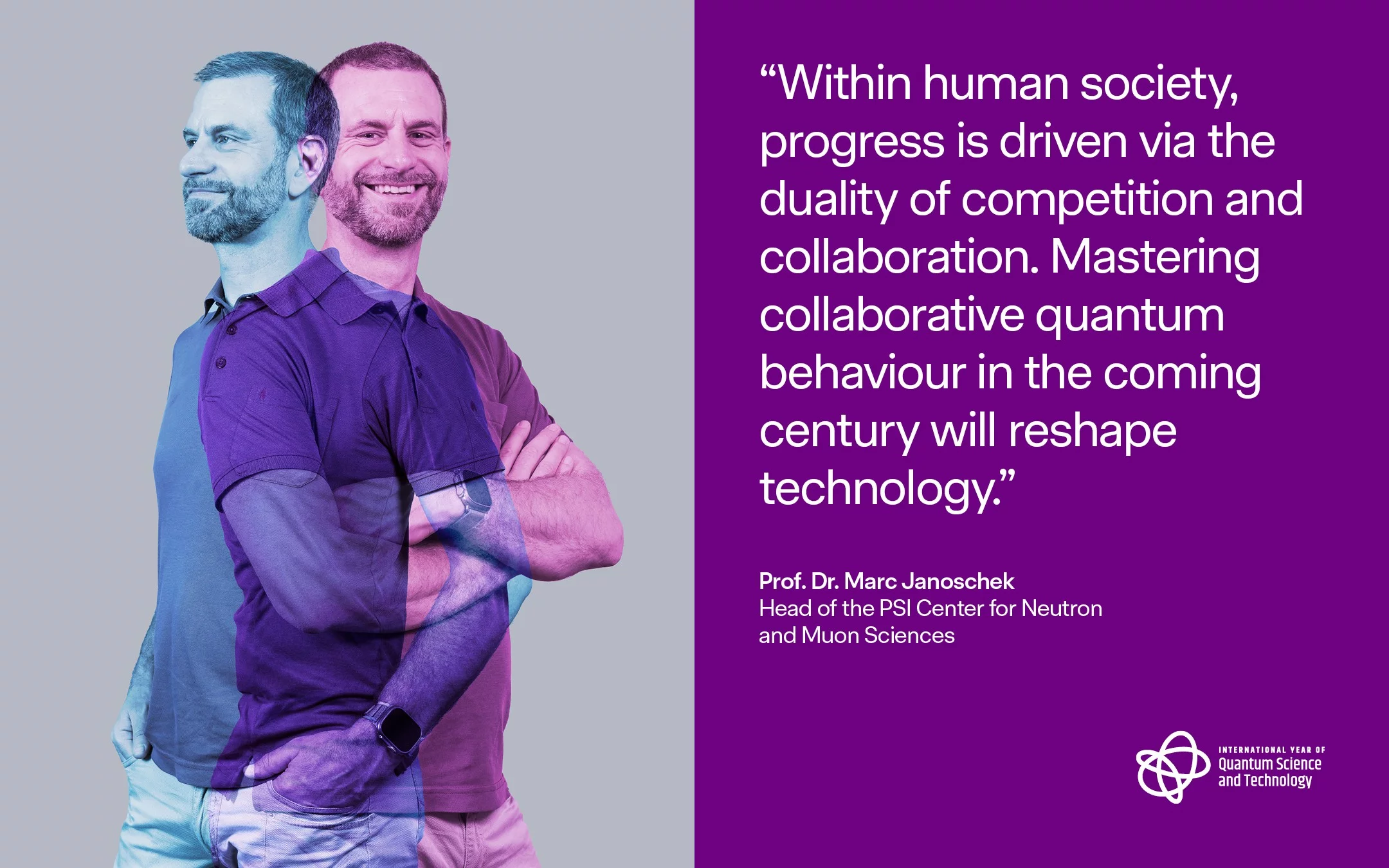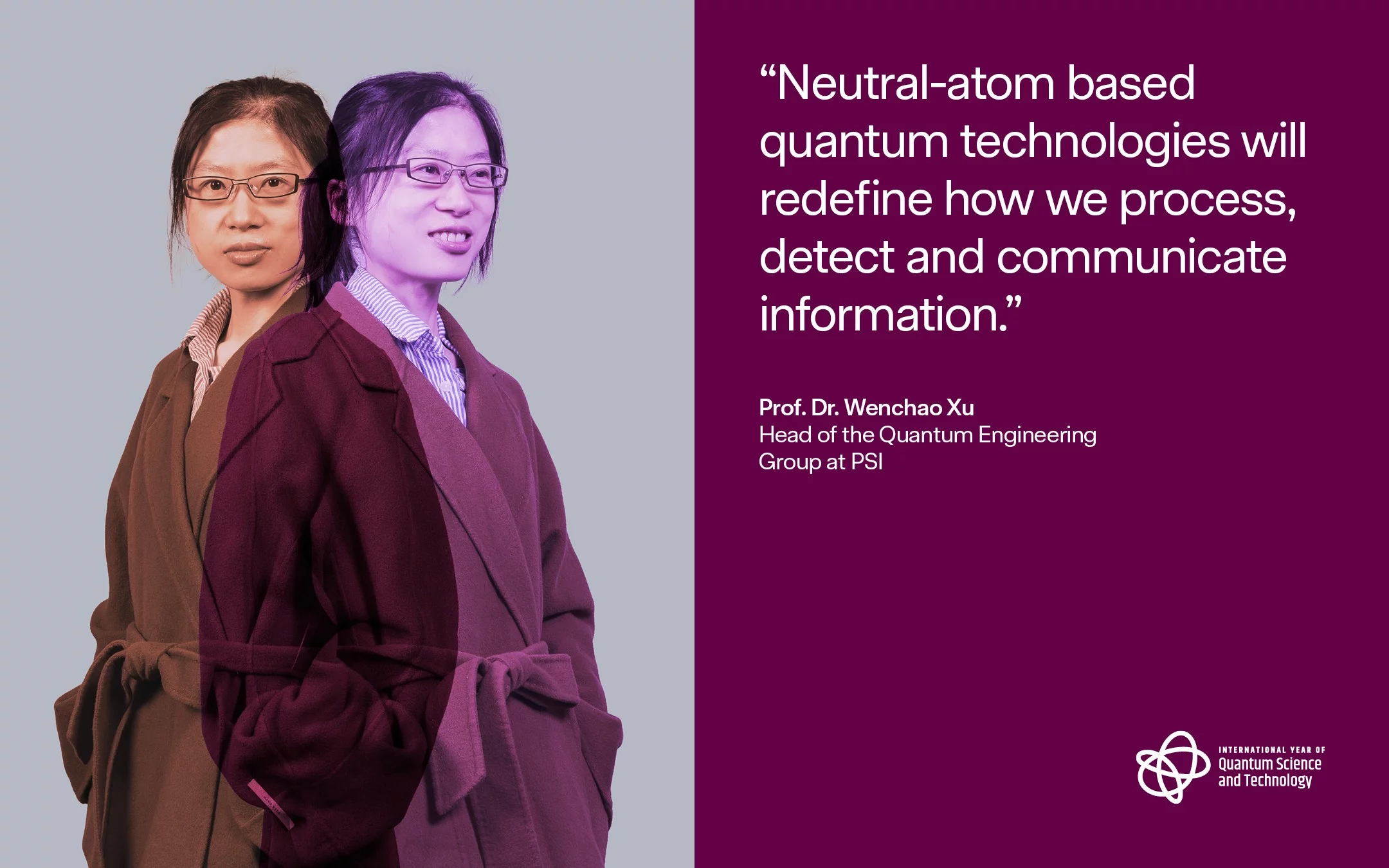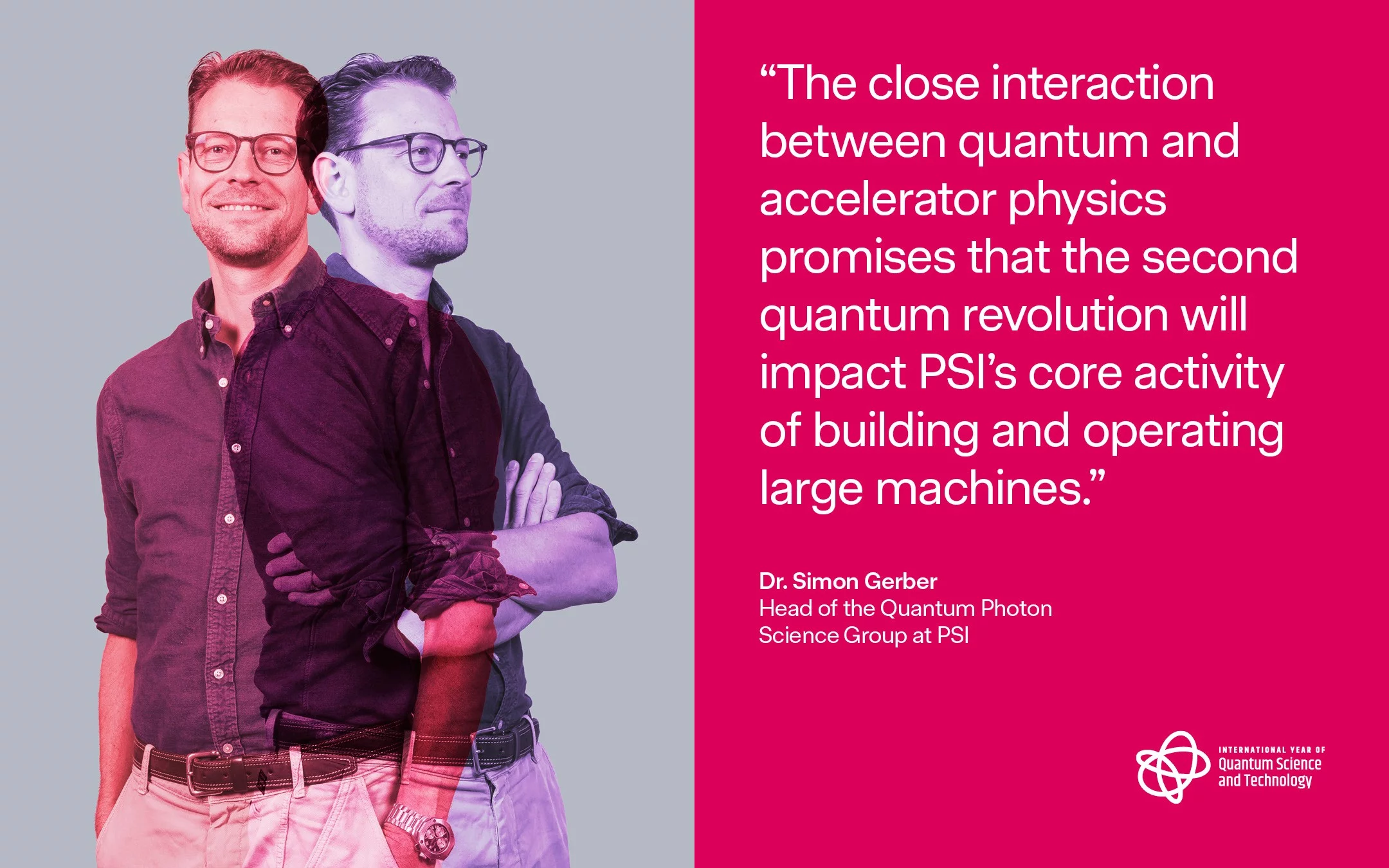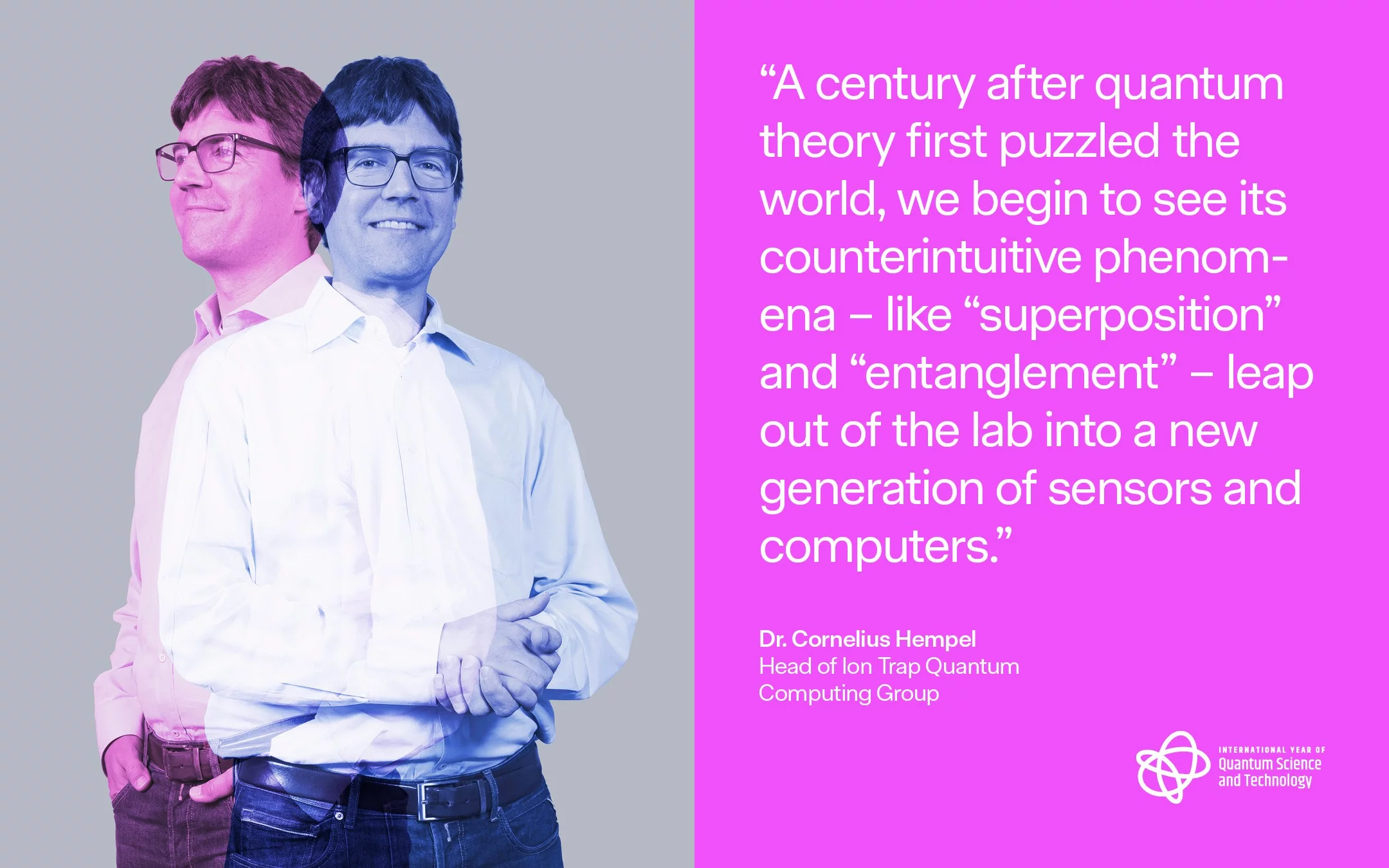A century on from the birth of quantum mechanics, 2025 marks the UNESCO International Year of Quantum Science and Technology. We are now entering a new era, often referred to as the second quantum revolution. Today, researchers are learning not just to observe quantum effects, but to actively control them. This opens up entirely new possibilities in computing, communication, sensing, and materials science. What does the future hold? Our experts share their opinions.
Gabriel Aeppli, Head of the PSI Center for Photon Sciences
“The second quantum revolution is bringing transformative capabilities in sensing, timekeeping, communications, and computing. These will affect both the lives of ordinary citizens – for example, by enabling a secure communications channel to their bank – as well as transform scientific measurement and analysis: here at PSI, we are already thinking about quantum tricks to avoid radiation damage to specimens in X-ray beams. In this way, the second quantum revolution is bringing technological and scientific advances as profound as the first, and PSI is deploying its engineering skills and large facilities to both exploit and advance this revolution.”
Alexander Grimm, Head of the Bosonic Quantum Information Group
“I don’t believe anyone knows what the future will bring for our field. That’s what makes it exciting for me as a researcher! Here is an example of what I mean by this: a very important frontier in quantum research is quantum error correction. Its goal is to make quantum systems more and more complex while maintaining their quantum properties, a key requirement for building large-scale quantum computers. Nothing in quantum mechanics tells us that this should not be possible - yet we don’t observe quantum properties in large everyday objects. It’s a fascinating task to push towards larger and larger quantum systems - but it would be even more exciting to discover that there is something that inherently limits this process. This would require us to rethink and adjust our current understanding of physics, which historically has always led to many new discoveries.”
Kirsten Moselund, Head of the Laboratory for Nano and Quantum Technologies
“Quantum effects—such as electron tunneling and quantized energy bands in heterojunctions —have been essential in semiconductor devices like scaled transistors and laser diodes for decades. These principles enable precise control of electron flow in modern electronic devices and circuits, or our ability to tune the light emission of lasers and LEDs. In this way, quantum effects already impact the lives of most of us every day, without us necessarily knowing it.
Currently, we live in exciting times for quantum computing; different platforms possess different advantages in terms of scalability, immunity to noise or robustness of its qubits. It is yet uncertain which platforms might eventually conquer which application space. Independently thereof, I believe classical electronics and photonics will play a crucial role in a quantum revolution, to interface between the quantum and classical worlds. Semiconductor technology will be needed either as a basis for the qubits themselves or to support the fabrication of photonic integrated circuits, as a foundational technology for certain kinds of quantum computing technology.”
Marc Janoschek, Head of the PSI Center of Neutron and Muon Sciences
“Within human society, progress is driven via the duality of competition and collaboration. In the quantum world, systems with competing forces can naturally achieve new collaborative states by means of quantum superposition. Take electrons, for example. In insulators they cannot move, while in metals they can travel freely to carry electricity. But in quantum materials, both behaviours can coexist. Through quantum superposition, electrons appear to “travel without moving,” enabling entirely new quantum states with functional properties. Mastering this collaborative quantum behavior in the coming century will reshape technology, in ways we are only beginning to grasp.”
Wenchao Xu, Head of the Quantum Engineering Group
“Because of my field of research, my thoughts naturally turn to how neutral-atom based quantum technologies will redefine how we process, detect and communicate information. Platforms based on neutral atoms are very versatile. You can use them for analogue quantum simulation or digital quantum computation, enabling us to solve some scientific problems that intractable classically – for example in quantum materials or quantum chemistry. It will also enable us to make quantum-precision measurements, achieving levels of accuracy never reached in classical devices.
This will transform science and society: whether through allowing us to detect fundamental physics phenomena such as dark matter or enhance the precision level of clocks for GPS systems, for instance. And in one hundred years it will lead to discoveries we cannot yet imagine!”
Simon Gerber, Head of the Quantum Photon Science Group
“Something that I find incredibly exciting is the close interaction between quantum and accelerator physics.
We’re celebrating the centenary of quantum mechanics, but the tools to probe quantum technologies at large facilities, such as synchrotrons and XFELs, are incredibly young. They are just beginning to shed light on some aspects of quantum science that are very hard to grasp. For example, SwissFEL will enable us to follow microscopic changes of quantum states and, eventually, see quantum computing in action.
As we further our knowledge of quantum science, it feeds back into accelerator development, which allows us to run these machines with greater stability and higher performance. In this way, the interplay between quantum and accelerator physics promises that the second quantum revolution will impact PSI’s core activity of building and operating large machines.”
Cornelius Hempel, Head of Ion Trap Quantum Computing Group
“A century after quantum theory first puzzled the world, we begin to see its counterintuitive phenomena leap out of the lab into practical technologies in what we call the second quantum revolution. Exploiting effects such as superposition and entanglement directly, we can build miniature magnetic field sensors, 100-fold more accurate clocks and quantum computers. Even strange effects such as the one exemplified by Schrödinger’s cat are no longer just thought experiments but are being put to use – I don’t mean to resurrect dead cats, but as exceptionally sensitive light sensors or super-stable quantum bits. However, there is no free lunch. If one tries to harness quantum effects directly, one needs to develop many new technologies that allow to turn a laboratory setup into an everyday, useful device. And that’s what we do at PSI thanks to having science and engineering in one place.”

